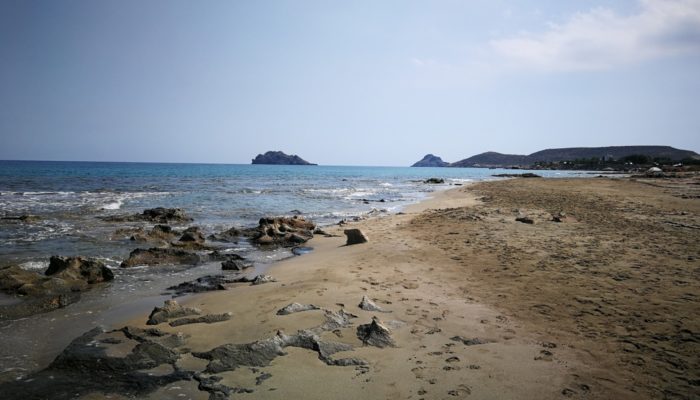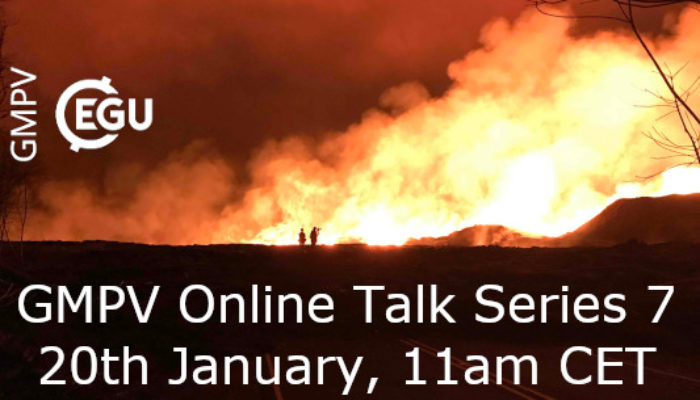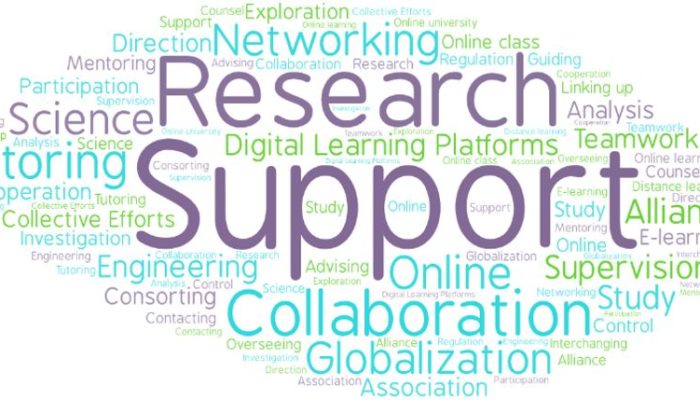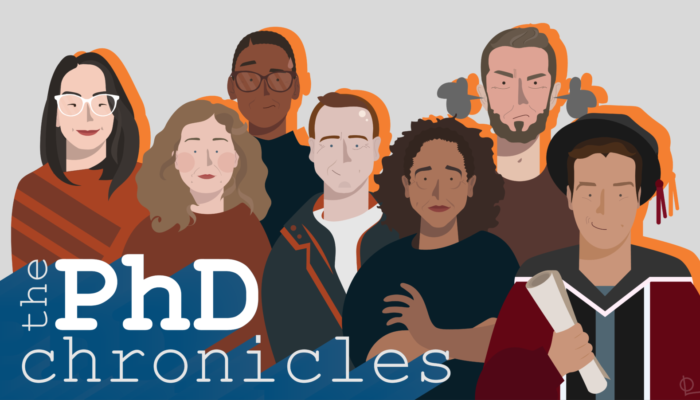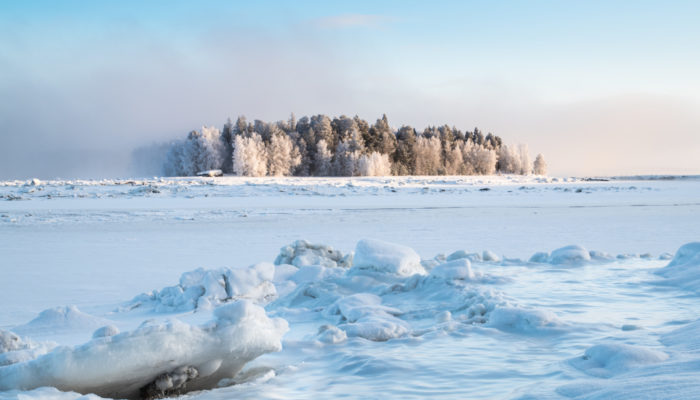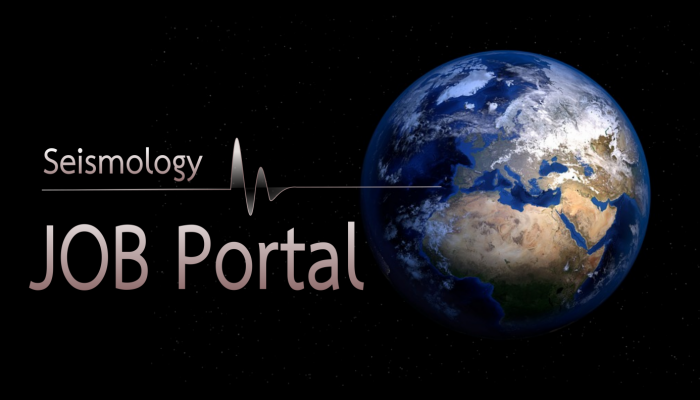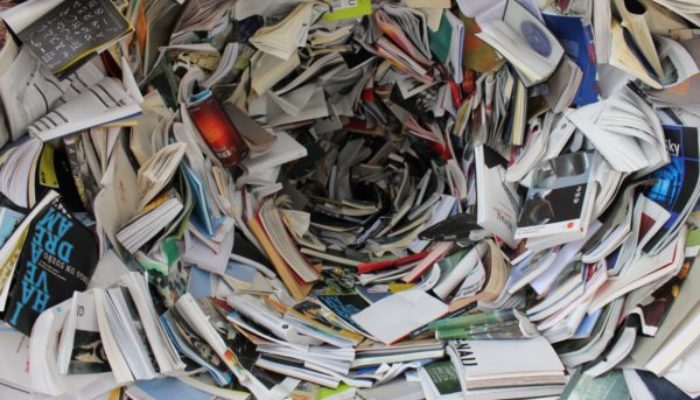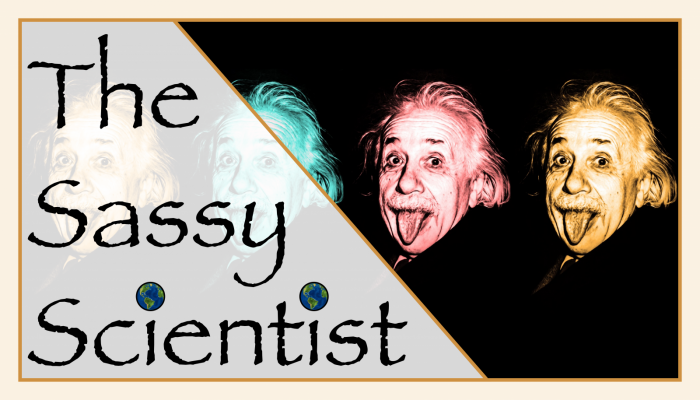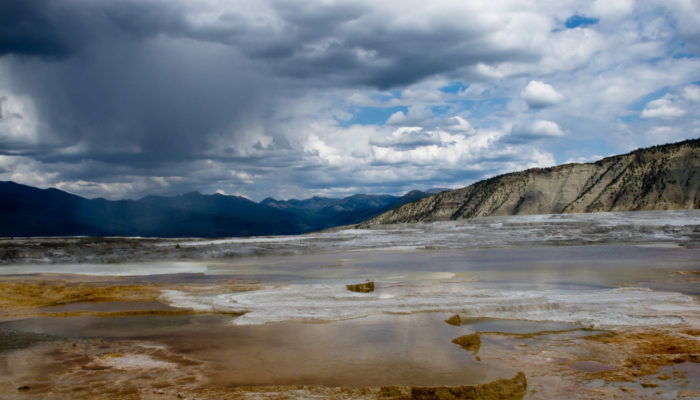The vEGU21 abstract submission deadline is tomorrow, here are a few more session highlights for you to consider submitting abstract to: BG4 – Marine and Aquatic Biogeosciences from paleo-environments to modern settings. With a focus on marine carbonate (bio)minerals as archives of environmental change, (Paleo-)environmental reconstructions from biomineralized carbonates: From the Precambrian to th ...[Read More]
Seismology
“State of the ECS”: Welcome!
Maria here. Happy new year! Starting this year, the ECS Team would like to try something new. We realised that we are your reps, but probably you have no idea who we are and what we are up to! Therefore, we will be sharing with you recent experiences, things we discovered that might be interesting to you, or just let you know what we are doing for the ECS seismology community recently. So, here we ...[Read More]
Geochemistry, Mineralogy, Petrology & Volcanology
GMPV ECS online talks: Wednesday 20 January
The 7th edition of the Geochemistry, Minerology, Petrology and Volcanology division’s early career scientists talks will be on Wednesday 20 January 11am CET. This is our first special edition of 2021, with a focus on volcanic plumes, and their ash and gas emissions! We’ll have three speakers to allow for more discussion time. Our speakers are: Thomas Aubry (Postdoc @ University of Cambridge) – Cli ...[Read More]
Natural Hazards
Collaboration in Science: A Necessity Not A Luxury
Collaboration in science is of paramount importance for the development of new ideas and tools that progress our common knowledge. However, you might have felt at times that, for example, the competition for funding or the inequality of access to resources have undermined collaboration opportunities. In this blog post, we host the reflections and actions of Dr Omar AlThuwaynee, who, after experien ...[Read More]
Geodynamics
Announcing: The PhD Chronicles
Hello and welcome back to the EGU Geodynamics blog in 2021! We are starting the new year of blogging with an exciting announcement: We will have a new monthly feature on the first Monday of the month called ‘The PhD Chronicles‘. Just pretend today is the first Monday of the month, please. It was right after New Year’s Eve, okay? I didn’t have time to write this sooner. Actu ...[Read More]
Biogeosciences
vEGU21 Soils to forest ecosystems sessions in the spotlight
With the vEGU21 abstract submission deadline so close now, consider submitting to one of the sessions of BG3 – Terrestrial Biogeosciences: BG3 of the upcoming vEGU21 includes a wide range of soil-focused sessions, from Soils and Global Change (Co-organized by BG3.26/SSS12, co-convened by Abad Chabbi and Cornelia Rumpel) – with a focus on biogeochemical cycles, soil processes and feedback mec ...[Read More]
Seismology
Seismology Job Portal
On this page, we regularly update open positions in Seismology for early career scientists. Do you have a job on offer? Contact us at ecs-sm@egu.eu Please, note that other available research positions are displayed on the EGU Jobs Portal. Special Thanks to Eric Löberich for researching job postings for the ECS.
Tectonics and Structural Geology
TS Must-Read – Mckenzie (1978) On the development of Sedimentary basins
Continental extension strongly affects the topography of continents by shaping elongated rift valleys, referred to as rift basins in the geological record. A strong implication of the formation of these basins is a two-step subsidence history: an initial rapid subsidence during extension, and a second, slower subsidence once active extension has ceased. Although this observation was made already l ...[Read More]
Geodynamics
The Sassy Scientist – Palpable Positivity
With a fresh start this year, Amaia is trying to forecast her scientific activities for the year. Weary by these thoughts, and considering last year’s efforts, she is puzzled: How do you re-energize yourself for a whole new (academically daunting) year? Dear Amaia, You don’t. Where did you get the idea from that re-energizing yourself is an actual thing for academics? You do realize that a couple ...[Read More]
Biogeosciences
vEGU21 Sessions in the spotlight: Geomicrobiology, extreme environments on Earth and planetary analogs
As the deadline for vEGU21 abstract submission is getting closer, consider submitting your abstract to one of these two fascinating biogeochemistry-themed sessions of BG5 – Geomicrobiology, extreme environments on Earth and planetary analogs: With Early Earth: Dynamics, Geology, Chemistry and Life in the Archean Earth (Co-organized by GD1.4/AS4/BG5/CL1/GMPV3), Ria Fischer, Peter A. Cawood, Nichola ...[Read More]

